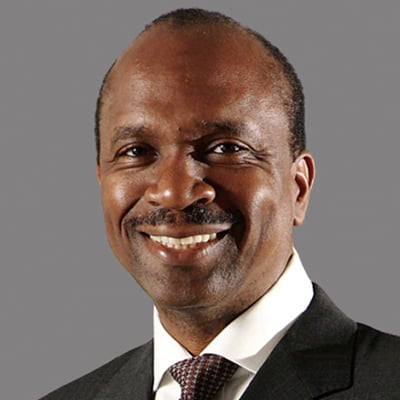Shirley Sherrod and Lessons for Trial Lawyers
One of the most difficult trial tasks for corporate defense lawyers is dealing with "bad" documents, statements or actions that are "taken out of context." Wikipedia calls this practice "contextomy" — the selective excerpting of words from their original context in a way that distorts the original intended meaning. I have seen the use of contextomy in trials, and the nation saw it happen to Shirley Sherrod. There are lessons for trial lawyers in how the Sherrod controversy unfolded and ultimately came full circle with her going, in national estimation, from a racist to a saint, and the fellow who released the edited video going from whistleblower to contextomist and possibly slanderer.
As has been widely discussed in the national news, a video clip posted to a conservative Web site showed an excerpt from a speech that Sherrod gave at an NAACP event. She appeared to admit she discriminated against a white farmer while working for the U.S. Department of Agriculture. Political pundits condemned her actions, followed by the NAACP and others, and Sherrod was forced to resign. But a day later the full video was released and provided context to her remarks — a personal anecdote aimed at encouraging audience members to see past race and using her initial ambivalence about a particular white farmer, who ultimately she helped and befriended, as an example. The NAACP immediately retracted its statement, the White House acknowledged a disservice was done, and the secretary of agriculture went on live television to offer a "personal and profound" apology to Sherrod, along with a new job. She also received a call from the president.
I thought about how this story might have played out in a trial, say "Citizens Against Racial Bias v. Shirley Sherrod." Every day in courtrooms across America, corporate defense lawyers argue how material submitted as evidence can be misleading. But never has that been so dramatically and resoundingly proven as in Sherrod's case. Imagine the trial at which the plaintiff's lawyer puts on the edited clip in his opening statement. No doubt, as played out on national television, by the time he was done, the plaintiff would be way ahead with persuading the jury to his side. We see this dynamic all the time in mock trials, where we gauge the jury's reaction immediately after hearing the plaintiff's presentation. It also frequently occurs in politics.
However, one of the great differences between trials and politics is the rules. In trials, the judge instructs the jury to keep an open mind until all the evidence is in. If this were a natural or easy thing to do, we would not need a judge to give this instruction to the jury. Defense lawyers must develop skill at convincing the jury that there are two sides to every story.
In our fictional Sherrod trial, if the defense lawyer did not panic despite the initial impact, but instead took his time and told the full story, the jury would not only see the truth but resent the first lawyer for presenting a half-truth. The defense story might take longer to tell, and the jury should be forewarned. I warned one jury to expect my presentation to be longer than my opponent's by analogizing it to a scene that has often played out in my household — that my then-young daughter could, in five minutes, create a mess that would take my wife most of the day to clean up. This time, I explained, I was doing the cleanup. So be patient.
Defense counsel in the Sherrod trial might say something similar. But I expect the principal theme would be that the plaintiff had deliberately not told the full story. A half-told story is a lazy man's lie, as it requires less creative energy. If the trial took place in the Bible Belt, defense counsel might say that it was like telling the biblical story of the redemption of Paul, who before the dramatic encounter on the road to Damascus persecuted Christians. Telling the story of the biblical Paul but editing it so that it ends before his transformation on the road to Damascus is not just misleading, it is lying. Contextomy.
It may be tempting to gain an advantage by contextomy with the hope that the opponent will not get a chance to tell the full story or that the jury will be so inflamed that they will not be open to hearing the rest of the story, but it is not a risk worth taking. Separate from the issue of whether contextomy violates a lawyer's ethical responsibilities, in the long run it is a bad strategy. Although Sherrod painfully observed that, initially, "no one was interested in the truth," juries want to know the truth, the whole story, and the lawyer who presents a distorted story will, like the fellow who gave us the Sherrod tape, always be suspect. As Johnnie Cochran famously said in his closing in the O.J. Simpson trial: "If you can't trust the messenger, how can you trust the message?" The trial lawyer owes it to his client to always be a trustworthy messenger.
Michael D. Jones is a litigation partner in the Washington office of Kirkland & Ellis, a professor of trial advocacy at Georgetown University Law Center and a fellow in the American College of Trial Lawyers.
REPRINTED WITH PERMISSION FROM THE AUGUST 9, 2010 EDITION OF THE NATIONAL LAW JOURNAL © 2010 ALM. ALL RIGHTS RESERVED. FURTHER DUPLICATION WITHOUT PERMISSION IS PROHIBITED


